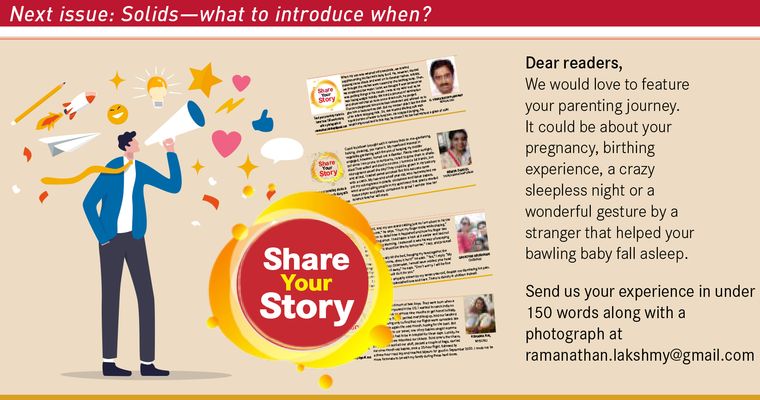SPRING IS around the corner and while crop tops, sleeveless shirts and shorts have begun to make an appearance everywhere, our babies continue to be dressed in sweaters, wrapped snugly in blankets with a monkey cap to match.
Is this necessary? No, not if their tiny heads are sweating.
Babies need not be kept any warmer than an adult. Some doctors in the west recommend a layer more than what an adult is wearing, but in a country like India where winters are short, summers drawn out and rains intermittent, this guideline can be followed with discretion.
The thermo-regulating abilities of each baby is different and the way a baby copes with its environment—getting cold at the fingers, sweating behind the neck—should serve as pointers to clothe or remove a layer of clothing. Many believe that babies like it warm, fuzzy and cozy. But it is not the babies but we, parents, who like to see our babies snug.
Most babies kick off their blankets, several refuse to don a hat or cap and many chew off their booties. If your baby is doing any of the above or is sweating or sporting a damp head, his or her body is trying to signal a discomfort.
If your baby’s skin is not allowed to breathe, it could break into rashes. Milia or tiny small bumps—which arise from keratin blocked under the skin, often found in the nose and eyelids of newborns—can redden and turn itchy under the impact of too many layers (sweaters, blankets). Overheating a baby also increases the risk of Sudden Infant Death Syndrome or crib death (please refer to previous column for this).
On summer nights: use light, cotton full-sleeved pajamas
On winter nights: cotton sleep suits or pajamas. If your child is cold at the extremities—fingers, toes, crown of head—then invest in mittens, booties or socks and cotton skullcaps. You can also add a soft sweater if you live in a cold place with temperatures ranging between 15 to 17 degrees Celsius at all times
On windy evenings out: cotton skullcaps, sleeved tops and full pants will work


